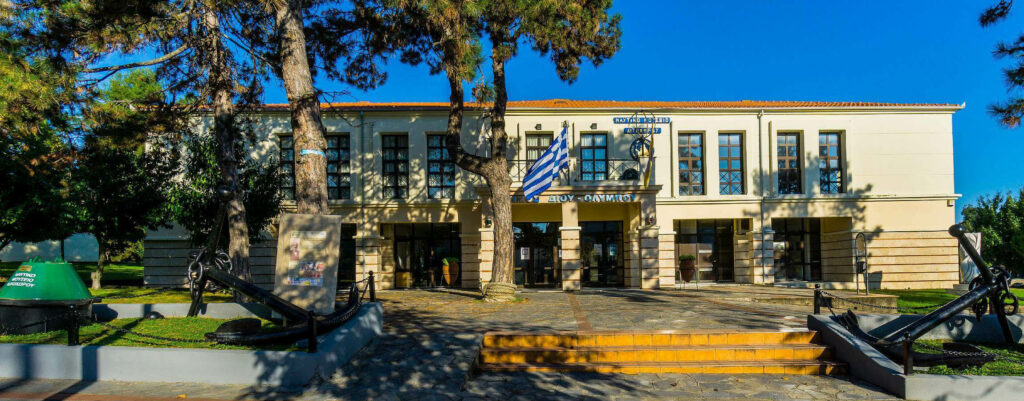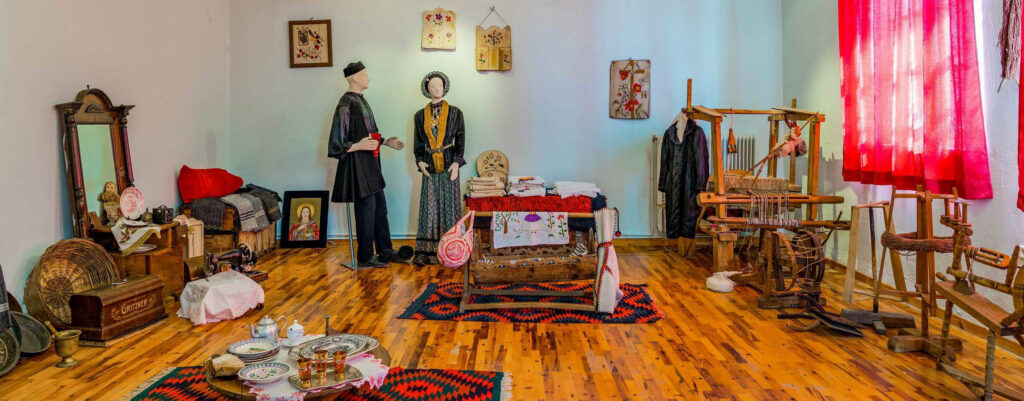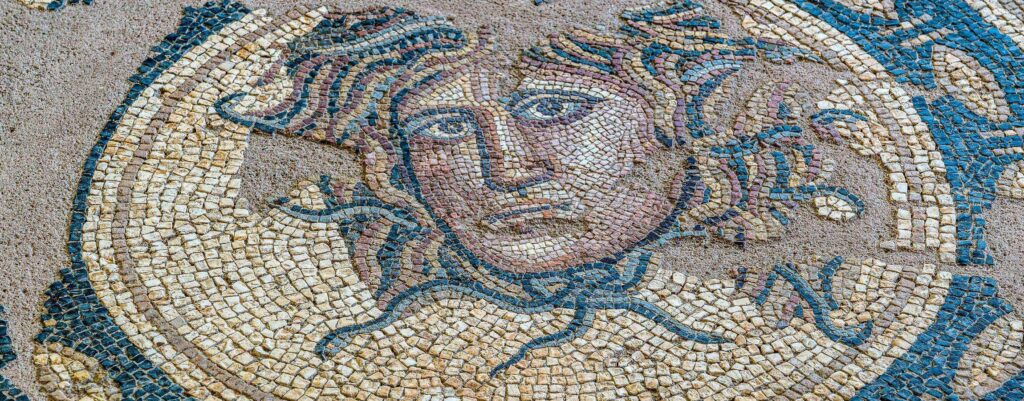Maritime museum of Litochoro

The maritime museum of Litochoro sheds light on an unknown side of the mountain town: the seafaring. This was the main occupation of the inhabitants from the 17th to the 19th century! Photographs, casts, and drawings of old sailing ships as well as various evidence (ship logs, marine contracts, marine sheets, sailors’ photographs, ship equipment and other items) from sailors’ families, ships and, generally, the maritime history of Litochoro.
According to the tradition, the first sailors came from Raedestos, Thrace, in the 15th century. During the centuries to follow and the Turkish occupation, Litochoro became a shelter to a lot of sailors chased away from all over the Aegean and the Ionian islands. During its flourishing period i.e. in the beginning of the 19th century, Litochoro owned a remarkable fleet of locally-built sailing ships, counting 150 to 200 small and large ships. Up to the first decades of the 20th century, the ships of Litochoro carried out the sea transport of Thessaloniki and the Holy Mountain while there are also captains who funded the construction of schools and churches in the town.
Folklore museum of Livadi

The Folklore Museum of Livadi contains numerous artifacts, old tools, photographs and objects reflecting the locals’ daily life.
Archaeological Museum of Dion

The Archaeological Museum of Dion, inaugurated in 1983, offers a thorough picture of the daily life and culture of the inhabitants of ancient Dion, from the Iron Age (1000-700 BC) to the early Christian centuries. The exhibits originate from the archaeological area of Dion and the wider area of Pieria. The three rooms of the museum feature grouped exhibits such as statues, tomb sculptures, architectural members, inscriptions, vessels, mosaics, coins and other items found mainly in the wider area of Dion. In the spacious ground floor, there are findings from the Roman baths and the sanctuaries of Demeter and Isis. The visitor can also admire an exquisite finding dating to the 1st century BC, a unique musical instrument of antiquity, the famous hydraulis (water organ) of Dion, brought to light during archaeological excavations in 1992. The bronze tubes of the instrument and the entire sound-producing system have survived.